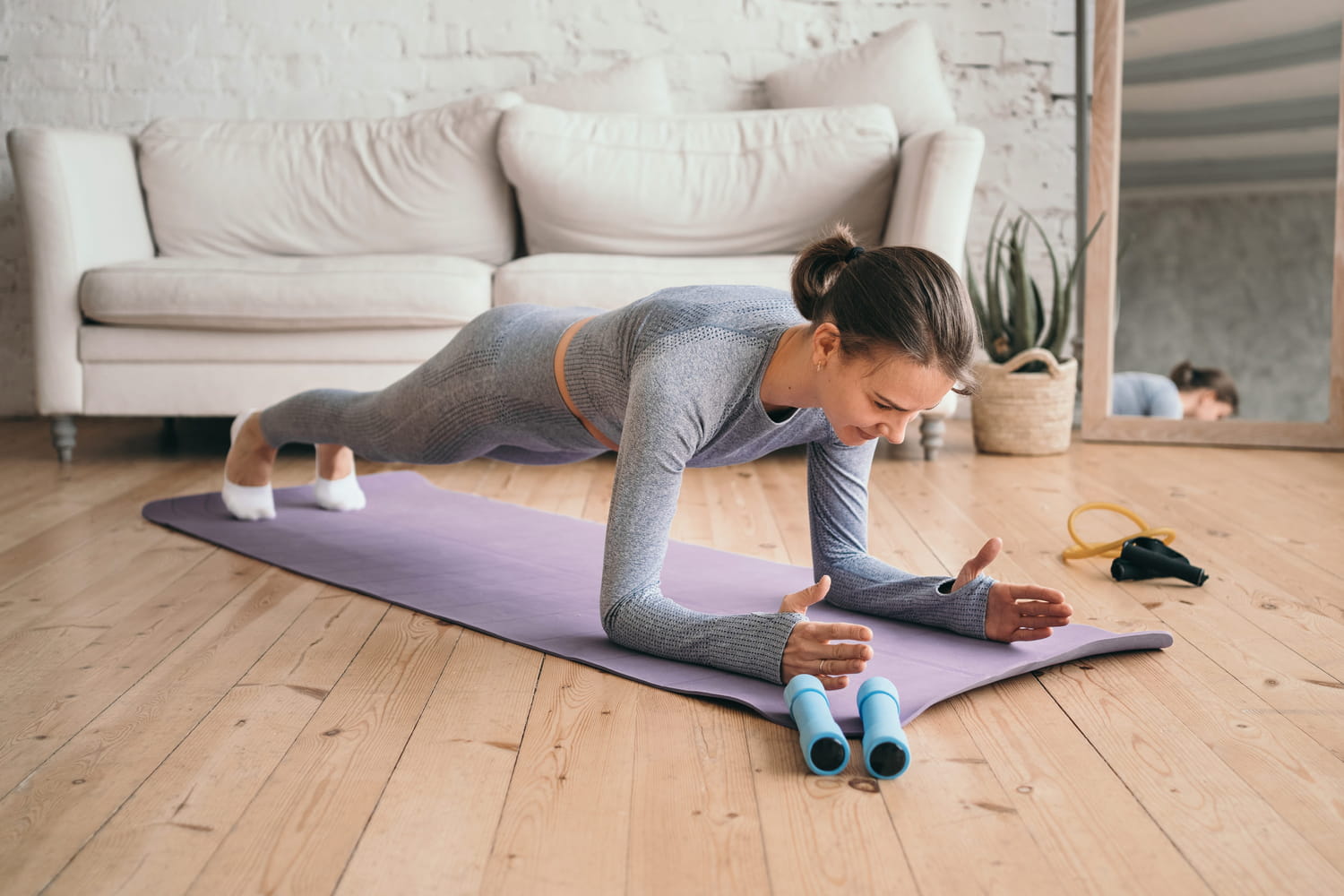Despite impeccable discipline, your scale refuses to react? Know that a simple detail is enough to change the way your body uses its reserves.
In recent years, researchers in sports physiology have increasingly dissected the body’s reactions during and around exercise. They observe how the body chooses its fuels, how the hormonal system directs energy expenditure and why some people burn more fat than others at equal intensity.
First of all, you should know thatResearchers have long insisted on the difference between an effort carried out on an empty stomach or after a full meal. Fasting exercise, which has been widely studied, actually increases fat burning during exercise. A summary published in the journal Frontiers in Physiology reminds that the activity carried out before the first meal of the day leads “higher lipid oxidation than in conditions where participants had eaten.” But behind this immediate advantage lies a limit: without prior nutritional intake, the body certainly draws on muscle proteins more easily, but can also slow down in the hours that follow, the time to rebuild its reserves.
Conversely, a study of British Journal of Nutrition demonstrated that an effort made after eating could cause a surge in insulin, slowing down the mobilization of fats. The researchers reported that “lipid balance was significantly more favorable when exercise preceded food ingestion.” In other words, the body does not use the same channels at all depending on its metabolic state when starting the session.
In this context, there is indeed a moment when the body is in perfect balance: insulin has had time to come down, glucose remains available and fat oxidation increases significantly. To achieve this state, simply eat your last meal approximately 90 minutes before your workout. Studies show that a session carried out in this balanced state allows you to burn around 25% more fat.
Sports doctors observe the same phenomenon on the field: slightly shifting the preparation clearly changes the way in which the effort is used. The good news is that it doesn’t change the way you train. It simply transforms the way your body uses what you’ve given it.









